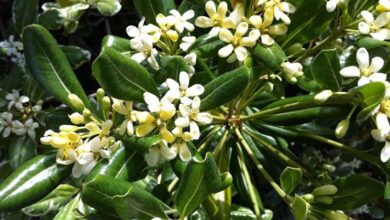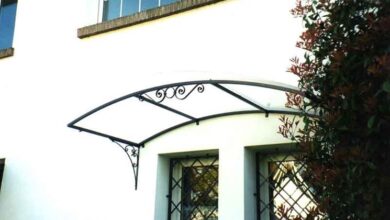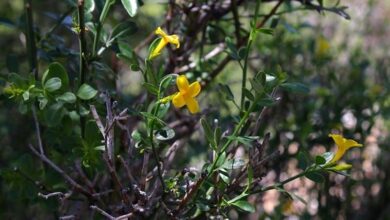Sicilian jasmine
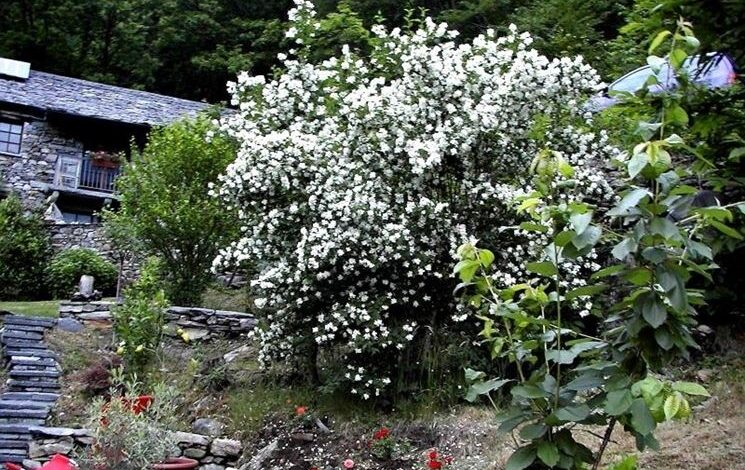
The Sicilian jasmine: the origin, the origin of the name and its diffusion
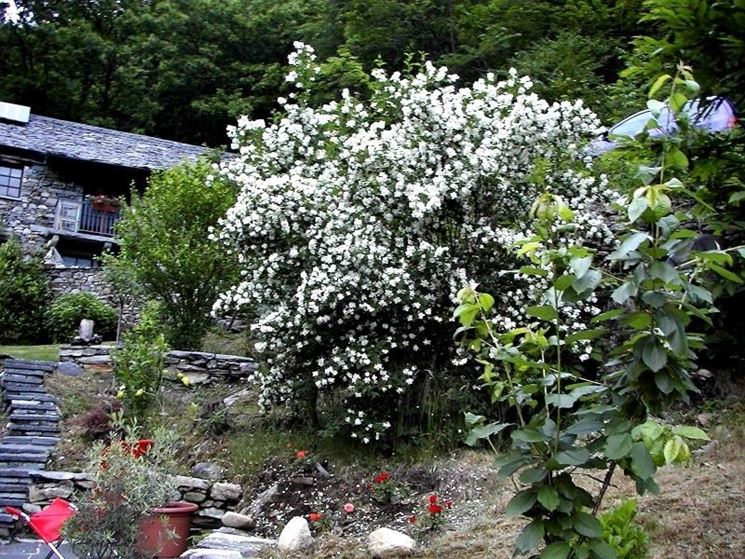
Its appearance, the specific characteristics of leaves and flowers
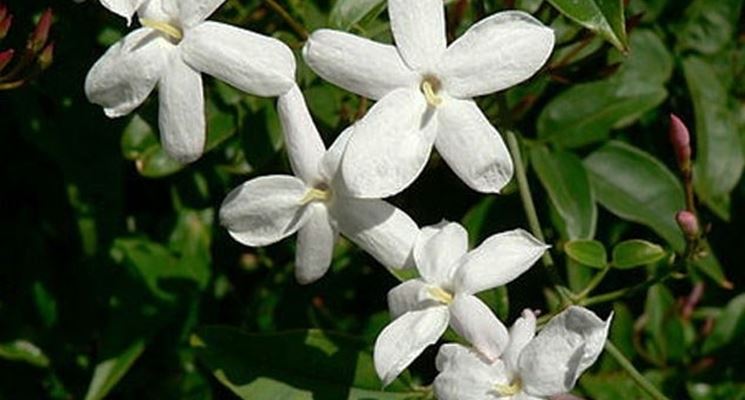
The Sicilian jasmineit has a climbing shrub with thin stems and can reach 2-3 meters in height, but it tends to grow into a bush, its leaves are composed, formed by an odd number of leaflets, between 5 and 11, opposite, shiny and waxy, of intense green color and lanceolate with pointed apex. Flowering outdoors usually occurs from June to October, while for specimens grown in indoor pots it can last until late winter. The flowers are large, solitary, star-shaped, with an intense and recognizable scent, while the buds are pink, the mature flowers are a beautiful pure white slightly pink on the underside of the petals. They bloom at the axil of the leaf and group in apical racemes,
The needs of light, temperature, water, reproduction
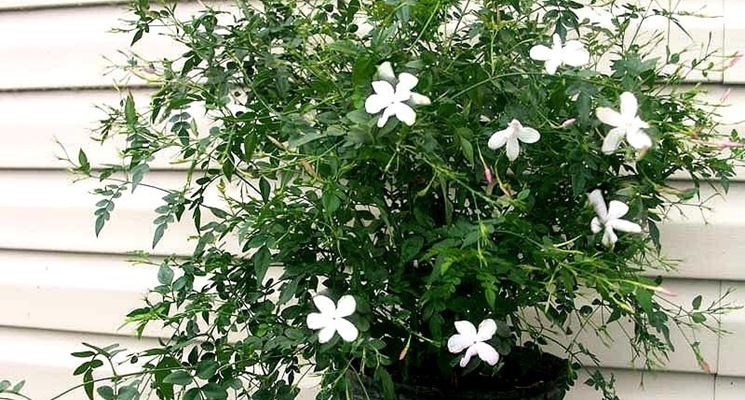
The Sicilian jasmineit prefers a dry climate and a very sunny position sheltered from the wind, if planted in shady areas the flowers will be less numerous and fragrant. It does not tolerate stagnation of water and temperatures below zero. As mentioned, where the winters are severe it would be advisable to grow it indoors. Watering will be carried out according to the climatic conditions, in principle the plant needs water when the soil is almost dry, so that it remains just slightly humid. Planting can take place at any time of the year, if you intend to plant it in the garden, you need to dig a large hole and provide it with supports on which to climb and develop such as grids, arches, stakes; however, Sicilian jasmine is particularly suitable for growing in pots. Reproduction can take place by sowing, offshoot or cutting, the last system is certainly preferable because it is more effective, practical and fast. We proceed in spring to the vegetative restart, cutting off a twig with two nodes which is put to root in the shade in moist soil for 1-3 months.

